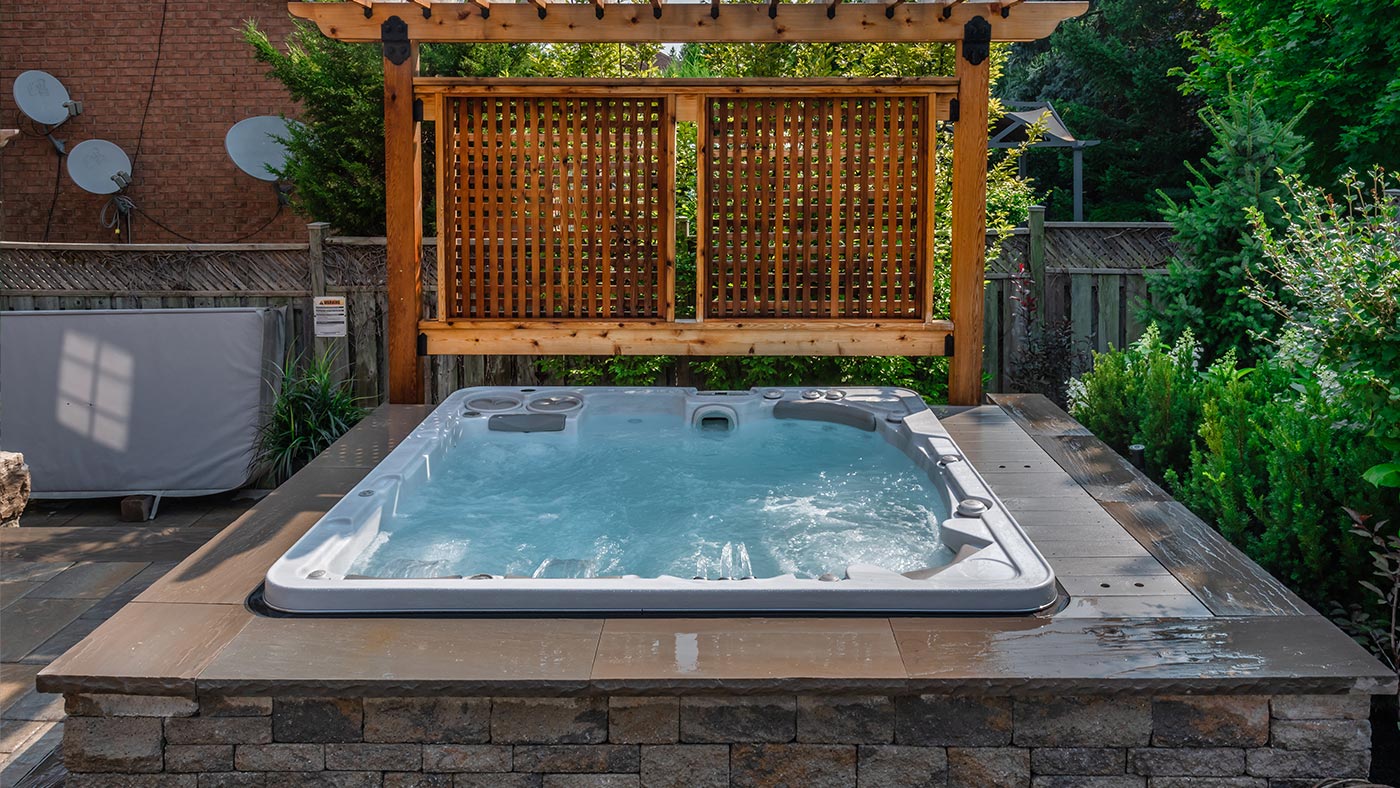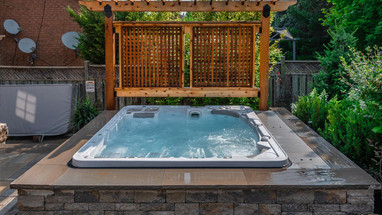Posted by Canada Hot Tub Parts® on Mar 14, 2025
Common Hot Tub Error Codes Explained | Canada Hot Tub Parts®

Common Hot Tub Error Codes Explained
Nobody likes walking out to use their hot tub, only to see that it isn't working properly. Unfortunately, there comes a time in the life of every hot tub where something breaks. Fortunately, modern hot tubs will display an error code letting you know the cause of the problem.
Hot tub error codes are a fantastic troubleshooting tool, if you know what they mean. With that in mind, here's a list of the most common hot tub error codes, and what those codes mean.
FLO – Flow Errors
Common Error Codes: FLO, Flo, FL1, LF
The most common hot tub error codes are flow errors. These are caused when the hot tub detects a lack of water flow through the heater element. The cause of this lack of perceived flow can be anything from a dirty filter to a faulty spa pack. To learn more about flow errors and how to troubleshoot them, consult our guide to hot tub flow errors.
DR – Low Water Errors
Common Error Codes: dr, dy, dry, H20
These errors are caused by a lack of water in the hot tub pump. While usually a sign that there is not enough water in the hot tub, these codes will also display if there is air trapped in the pump, commonly after refilling the hot tub.
To get rid of the air in the pump, simply loosen one of the pump connections. You should hear air escaping. When there is no more air being released, tighten up the connection and restart the hot tub. If the error code is still displaying, consult a professional.
HL – High Limit Errors
Common Error Codes: ***, ---, HiLi, HL, HOT, OH, SP-OT, Sn1, SN
These hot tub error codes are caused when the water in the hot tub gets too hot, usually over 110 degrees Fahrenheit. If you notice a high limit error on your hot tub get a thermometer out and check the water temperature. If the hot tub is above 110 degrees you may have a problem with your heater or spa pack. If the hot tub temperature is normal, you're likely dealing with a faulty temperature sensor.
COL – Cold Water Errors
Common Error Codes: COL, CoLd, Cool, FP, Fr, FrE, LO
These error codes are triggered when the hot tub detects the water is too cold. This is almost caused by a faulty heater but can also be a sign of a faulty temperature sensor.
PnL – Panel Errors
Common Error Codes: PnL, OP, EO, SA, SnA, SH, SnH
These hot tub error codes are an indication of a broken electronic component. Depending on the exact code, this could be anything from a broken sensor to a blown fuse to a malfunctioning spa pack. If your hot tub is showing a panel error, consult a professional to help you properly diagnose the issue.
Hr – Internal Hardware Error
The Hr error means something inside your hot tub is not working correctly. This can be a problem with the control board, wiring, or other internal parts. When this happens, the hot tub may stop heating or running. A trained technician usually needs to check the system and repair or replace the faulty parts.
Prr – Temperature Probe Problem
A Prr error means your hot tub is having trouble reading the water temperature. This usually happens when the temperature sensor, also called a probe, is damaged or disconnected. Without this sensor, the hot tub doesn’t know how hot the water is. Replacing or reconnecting the sensor usually fixes the problem so the tub works properly.
UPL – Configuration Error
The UPL code shows up when the hot tub has the wrong system settings. This can happen after a power outage or when new parts are added. The settings might not match what the hot tub needs to run. Fixing this often means resetting the system or reprogramming it so everything works correctly again.
OH – Overheat Error
The OH error means the water in your hot tub is too hot. This can be caused by poor water flow, a dirty filter, or a broken sensor. The hot tub shuts down to prevent damage or injury. Cleaning the filter or checking for blockages usually helps fix the issue and cool the water down safely.
AOH – Ambient Overheat
The AOH error means the area around your hot tub’s equipment has gotten too hot. It doesn’t mean the water is overheating. This can happen on very hot days or if the hot tub is in a place with poor airflow. Making sure the hot tub is shaded and has good ventilation can help prevent it.
UPL – User Programming Language Error
This UPL code happens when the hot tub doesn’t understand the commands it’s receiving. It’s often caused by software problems or incorrect settings in the control system. The hot tub might freeze or act strangely. A technician can usually fix it by updating the software or resetting the control panel to its correct settings.
COMM – Communications Error
COMM errors happen when parts of your hot tub, like the control panel and main system, can’t talk to each other. This can be caused by loose wires, broken cables, or software issues. The hot tub might stop responding. Checking and reconnecting the cables or resetting the system can often solve the problem quickly.
Codes That Aren't Errors
Fortunately, not all hot tub panel codes are error codes. Some are simply used to provide you with information on how your hot tub is set to run (known as system status codes). Here's a list of a few of the more common hot tub system status codes.
ScLN - Used by Self-Cleaning Hydropool Hot Tubs to tell you when the hot tub is in Self-Cleaning mode.
Pr - Displayed when the pumps are priming, usually when the hot tub has just been turned on or reset.
Econ, Ecn, SE - Displayed when some hot tubs are running in economy mode (only heating the water when the hot tub is already running a filtration cycle).
Std, Flon - Displayed when some hot tubs are running in standard mode (heating the water anytime the hot tub dips 2 degrees below the set temperature).
F2, F4, F6 - Displayed by some hot tubs to show how long they are set to filter. F2 = 4 hours, F4 = 8 hours and F6 = 12 hours.
Hold - Displayed when panels buttons have been hit too many times, or too quickly.
LOC, L1, L2 - The panel has been locked. Enter the code used to lock the panel to unlock it and resume normal operation.


